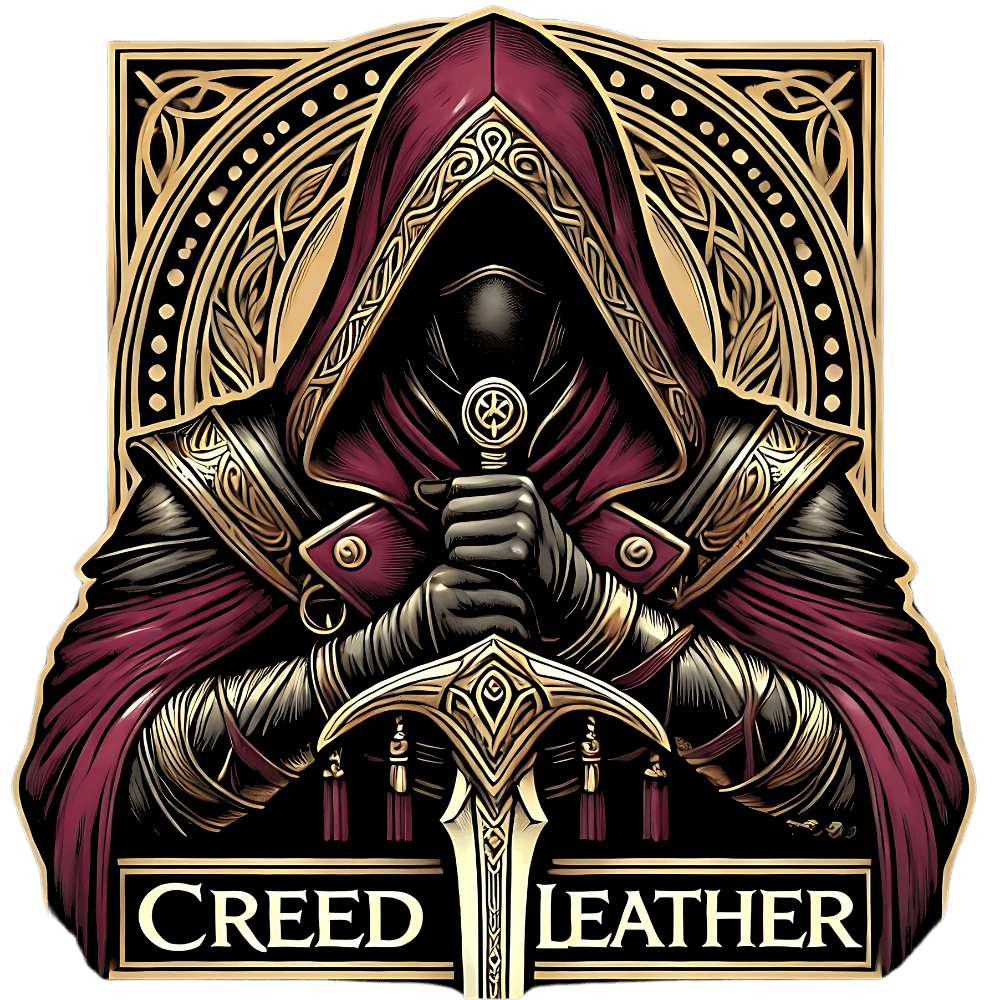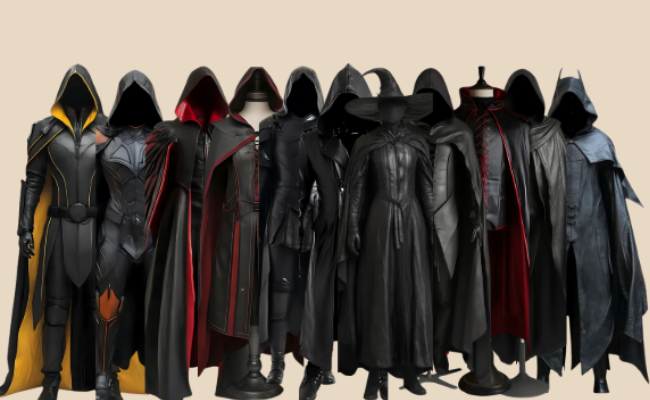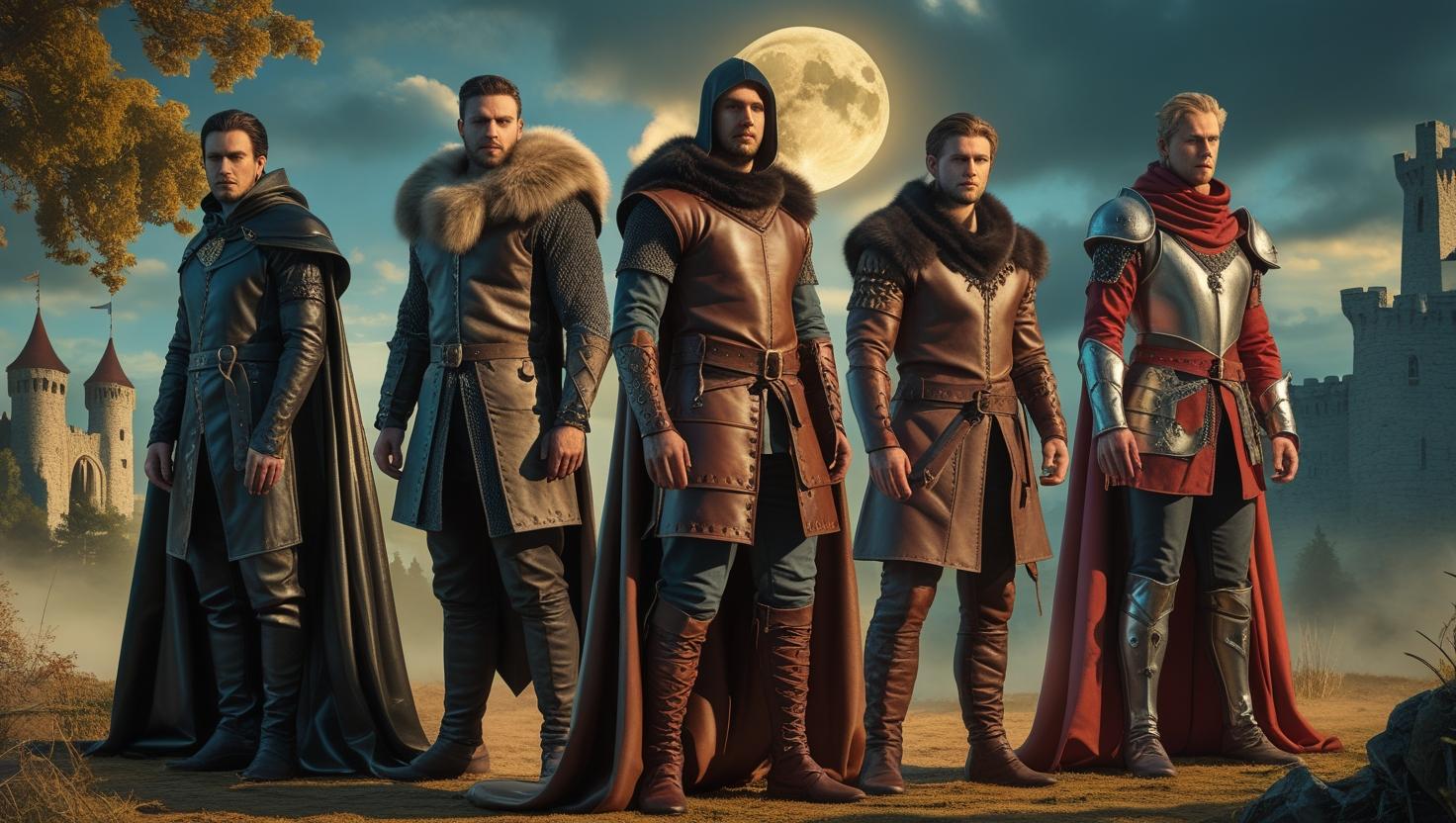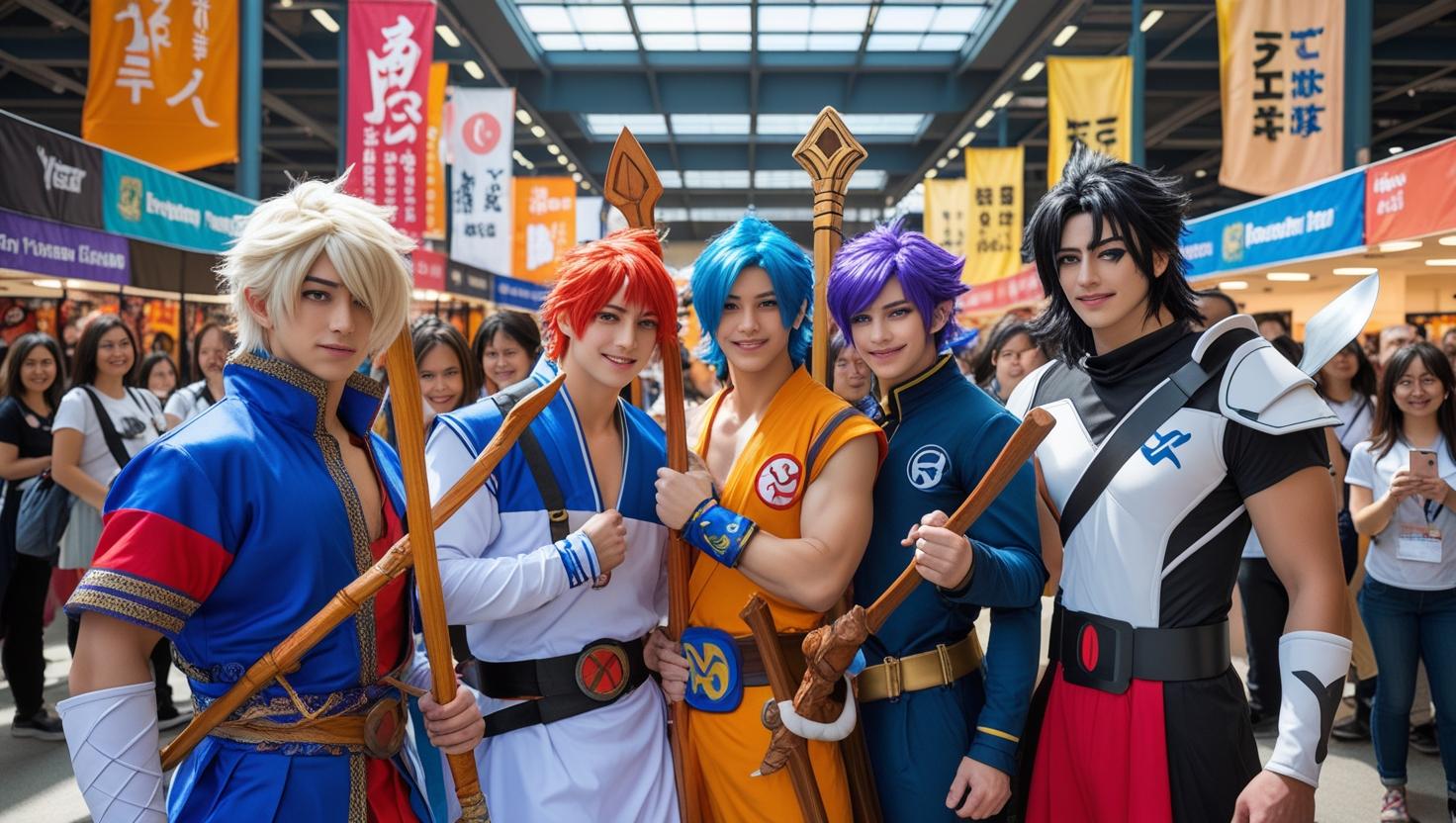Best Fabrics for Cosplay Costumes: A Complete Material Guide for Beginners

Cosplay is a vibrant, creative world where every detail matters—from the stitching on a cloak to the exact sheen of a superhero’s suit. But if you're new to cosplay, one of the most important (and often overlooked) aspects of crafting a high-quality costume is choosing the right fabric. The right fabric doesn’t just make your costume look better—it also determines how comfortable, durable, and screen-accurate it will be.
In this comprehensive beginner's guide, we’ll explore the best fabrics for cosplay costumes, breaking down their unique properties, use cases, pros and cons, and tips for working with each one. Whether you're sewing your first outfit or upgrading your existing cosplay arsenal, this fabric guide is your go-to resource.
1. Why Fabric Choice Matters in Cosplay

Cosplay is more than wearing a costume—it's embodying a character. The texture, drape, and sheen of a fabric all contribute to the visual accuracy and realism of the outfit. Choosing the wrong fabric can result in an ill-fitting costume that wrinkles, stretches awkwardly, or feels uncomfortable after an hour of wear.
Key Factors Affected by Fabric Choice:
- Comfort: Some fabrics breathe well, others trap heat.
- Mobility: Stretch fabrics are better for action-oriented characters.
- Durability: Reinforced fabrics hold up at conventions and photoshoots.
- Accuracy: Some materials visually resemble the ones used in movies/games/anime.
- Ease of Sewing: Beginners should consider how easy it is to cut and sew a fabric.
2. Natural vs. Synthetic Fabrics: What’s the Difference?
Natural Fabrics:
These come from plants or animals (e.g., cotton, wool, linen). They’re usually breathable, comfortable, and easier to dye but may shrink or wrinkle easily.
Synthetic Fabrics:
Made from chemical processes (e.g., polyester, spandex, vinyl). Often more affordable and durable but can trap heat and may be harder to sew.
Blended Fabrics offer the best of both worlds, mixing properties to balance comfort, durability, and cost.
3. Top 15 Fabrics for Cosplay Costumes
Let’s break down the best fabric options and when to use them:
1. Cotton
Best For: Casual cosplays, historical characters, peasant outfits, tunics
Pros:
- Breathable and lightweight
- Easy to sew and dye
- Budget-friendly
Cons: - Wrinkles easily
- Not stretchable
Use Case: Ideal for Renaissance fair costumes, anime school uniforms, and medieval tunics.
2. Linen
Best For: Historical costumes, summer cosplay events
Pros:
- Extremely breathable
- Authentic feel for medieval and ancient styles
Cons: - Wrinkles heavily
- Slightly more expensive than cotton
Tip: Great for Viking, Roman, or Greek characters.
3. Velvet
Best For: Regal, noble, or fantasy-themed characters
Pros:
- Rich texture and shine
- Luxurious drape
Cons: - Hard to sew
- Heavy and warm
Popular With: Wizards, nobles, fantasy kings/queens (like characters from Game of Thrones or Harry Potter).
4. Leather & Faux Leather
Best For: Armor pieces, belts, jackets, warrior outfits
Pros:
- Extremely durable
- Adds realism to cosplay
- Authentic look for medieval or sci-fi characters
Cons: - Harder to sew by hand
- Faux leather may peel over time
Example: Characters like Geralt from The Witcher, Vikings, or Batman benefit from leather's tough aesthetic.
🔗 More Information: Medieval Leather Armor Guide
5. Spandex/Lycra
Best For: Superheroes, anime characters, video game characters
Pros:
- Extremely stretchable
- Perfect for form-fitting designs
Cons: - Tricky for beginners to sew
- Can show every flaw if not fitted right
Popular With: Spider-Man, Catwoman, Deku from My Hero Academia
6. Polyester
Best For: Versatile, budget friendly costumes
Pros:
- Durable and inexpensive
- Resists wrinkles
Cons: - Can feel plasticky
- Not very breathable
Good Choice For: Background elements, props, or layered costumes.
7. Wool
Best For: Winter cosplay events, cloaks, medieval roles
Pros:
- Warm and durable
- Authentic historical look
Cons: - Can be itchy
- Expensive
Used In: Lord of the Rings cloaks, Game of Thrones outfits.
8. Satin
Best For: Formal, magical, or princess-style characters
Pros:
- Beautiful shine and drape
- Elegant appearance
Cons: - Slippery to sew
- Can fray easily
Characters Like: Princess Zelda, Sailor Moon, Disney princesses
9. Chiffon
Best For: Capes, overlays, ethereal characters
Pros:
- Lightweight and flowy
- Great for creating movement
Cons: - Very delicate
- Hard to sew
Use Case: Great for fairies, goddesses, and elemental characters.
10. Brocade
Best For: Royal or antique-themed costumes
Pros:
- Intricate patterns
- Heavy and durable
Cons: - Expensive
- Hard to find specific patterns
Perfect for fantasy nobles, steampunk aristocrats, and medieval warriors.
11. Denim
Best For: Modern characters, military, or utility-based outfits
Pros:
- Tough and structured
- Great for jackets, jeans
Cons: - Not suitable for soft silhouettes
Example Characters: Leon S. Kennedy, cowboys, apocalypse survivors
12. Twill
Best For: Military uniforms, outerwear
Pros:
- Structured but flexible
- Easy to work with
Cons: - Slightly heavier than cotton
Great for Fullmetal Alchemist cosplays or custom steampunk coats.
13. Fleece
Best For: Mascot suits, warm weather cosplay
Pros:
- Warm, soft, and plush
- Easy to sew
Cons: - Bulky
- Can get hot quickly
Used for animal kigurumis, Pokemon mascot suits, etc.
14. PVC & Vinyl
Best For: Futuristic, sci-fi, or villain costumes
Pros:
- High shine
- Unique texture
Cons: - Difficult to work with
- Gets hot under lights
Perfect for Matrix-style suits, cyberpunk characters, and robots.
15. Canvas
Best For: Armor bases, heavy tunics, props
Pros:
- Strong and rigid
- Takes paint well
Cons: - Stiff and rough
- Requires strong sewing needles
Great for DIY armor builds and apocalyptic survivor costumes.
4. How to Choose the Right Fabric for Your Cosplay Character

Choosing fabric isn't just about looks—it's about functionality, comfort, and accuracy. Here’s how to narrow it down:
Ask Yourself:
- Is the costume tight-fitting or loose?
- Will I be wearing it indoors or outdoors?
- How much movement is required?
- Is the character from a fantasy, historical, or futuristic world?
Character-Based Suggestions:
- Knights & Vikings: Leather, wool, canvas
- Anime school uniforms: Cotton, polyester
- Sci-fi heroes: Spandex, PVC
- Fantasy wizards: Velvet, brocade
- Steampunk: Twill, denim, faux leather
🔗 More Information: Top 20 Creative Cosplay Ideas for Every Skill Level
5. Tips for Buying Cosplay Fabric Online and In-Store

Where to Buy:
- Online Stores: creedleather.com, Joann, Etsy, Mood Fabrics
- Local Stores: Check clearance bins and remnant sections for deals
- Thrift Stores: Repurpose old curtains, sheets, or clothes
Buying Tips:
- Always order swatches if shopping online
- Check stretch percentage for fitted costumes
- Look for heat-resistant or washable fabrics
- Don’t forget thread, interfacing, and lining materials
Cosplay Costume Fabric
The right fabric is the backbone of a great cosplay costume. It influences the comfort, appearance, and accuracy of your final creation. For beginners, learning fabric types is the first big step in transforming your creative vision into reality.
Whether you’re channeling a medieval warrior, a futuristic rogue, or a regal sorceress, choosing the appropriate material is half the battle. Experiment, mix materials, and don’t hesitate to explore new textures—cosplay is a journey of creativity and craftsmanship.



